General Landscape Uses: Primarily recommended for natural landscapes and habitat restorations. It can also be an attractive accent tree in parks and large residential yards.
Ecological Restoration Notes: An occasional element of hammocks on the mainland.
Description: Medium to large tree with broad, rounded, dense crowns composed of wide-spreading branches. Trunks are usually short, soon branching, 6-18 inches in diameter. Bark grayish or reddish brown, divided and peeling. Leaves dark green above, paler beneath, 3-5 inches long, thin, rough above. Temperate deciduous, usually losing its leaves in the winter.
Dimensions: Typically 30-40 feet in height in South Florida; to 58 feet in Florida. As broad as tall or broader.
Growth Rate: Fast.
Range: Eastern North America west to Texas and south to Miami-Dade County and the Monroe County mainland.
Habitats: Moist forests.
Soils: Moist to wet, moderately well-drained to well-drained sandy or limestone soils, with humusy top layer.
Nutritional Requirements: Moderate; can grow in nutrient poor soils, but needs some organic content to thrive.
Salt Water Tolerance: Low; does not tolerate flooding by salt or brackish water.
Salt Wind Tolerance: Moderate; grows near salt water, but is protected from direct salt spray by other vegetation.
Drought Tolerance: Moderate; generally requires moist soils, but tolerant of short periods of drought once established.
Light Requirements: Full sun.
Flower Color: Greenish-white.
Flower Characteristics: Inconspicuous on long slender catkins. Partly dioecious, but with sufficient male flowers present on female trees to ensure reasonable fertilization. Pollination is by wind.
Flowering Season: Winter-summer; peak in early spring.
Fruit: Compound juicy berry, about 1″ long, turning purple to black when ripe. Mostly late spring. Edible, sweet.
Wildlife and Ecology: Provides food and cover for wildlife. Many species of birds and other animals eat the fruits.
Horticultural Notes: Can be grown from semi-hardwood cuttings under mist.
Comments: The fruit is very tasty and can be eaten raw or used to make jelly, syrup or pie filling. The tree can look unsightly just before and during leaf fall as the leaves are attacked by chewing insects.

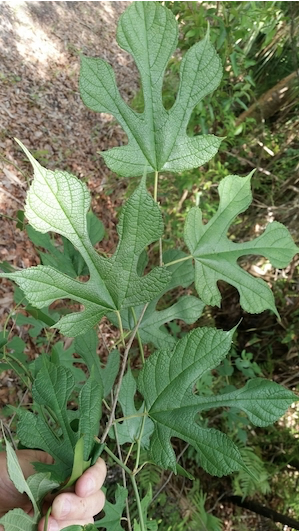

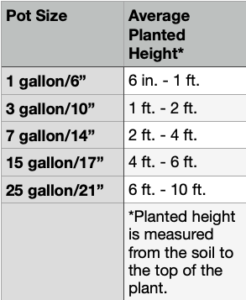
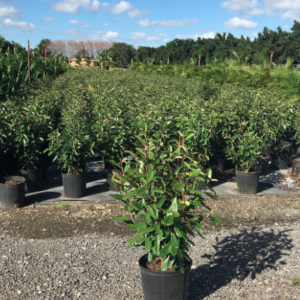
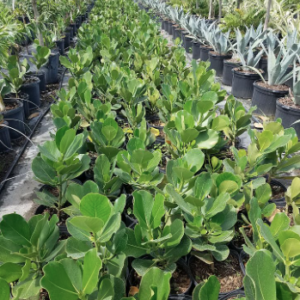
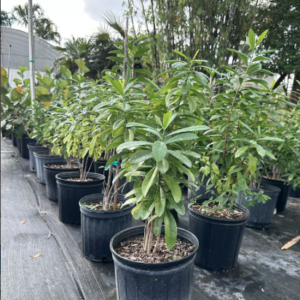
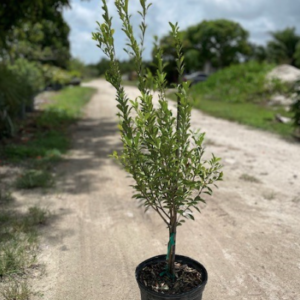
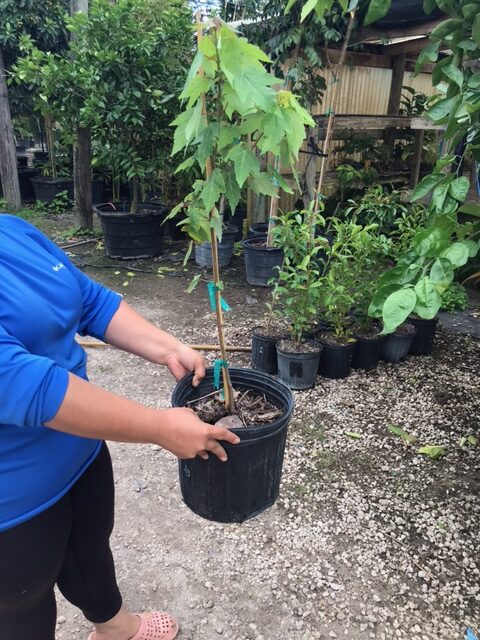
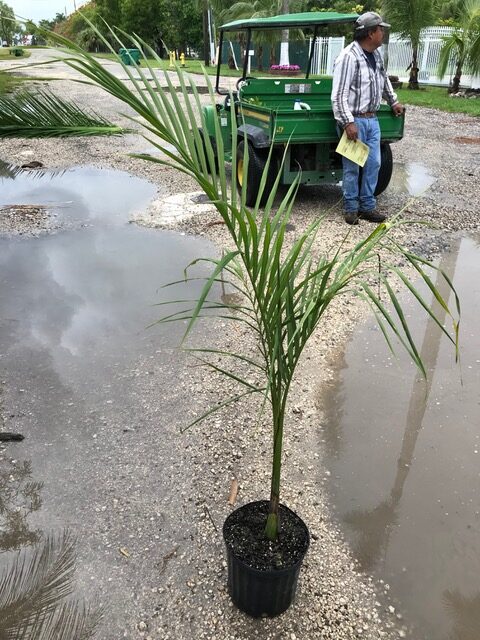
Reviews
There are no reviews yet.